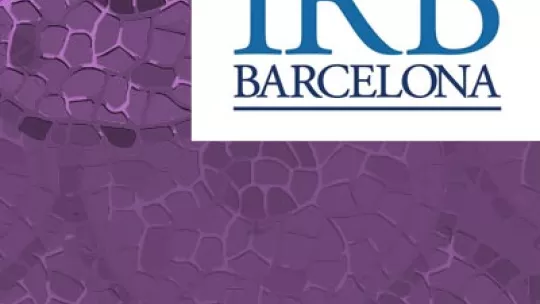Speaker: Dr. Oscar Millet - Protein Stability and Inherited Disease Laboratory, CIC bioGUNE, Bilbao, Spain
Presentation
Organizers: IRB Barcelona
Date: Thursday 8 February 2018, 09.30h
Place: Aula Fèlix Serratosa, Parc Científic de Barcelona, Spain
Host: Dr. Xavier Salvatella, IRB Barcelona
Abstract
Congenital erythropoietic porphyria is a rare autosomal recessive disease produced by a deficient activity in the uroporphyrinogen III synthase, the fourth enzyme of the haem biosynthetic pathway. The disease impacts in many organs, can be ill-threatening and currently there are no curative treatments available. Biochemically, inherited mutations most frequently reduce enzyme's stability, altering its homeostasis to ultimately decrease the intracellular haem production. Uroporphyrin by-products from the frustrated biosynthesis accumulate in the body, severing the pathology with symptoms like skin photosensitivity and phototoxic disfiguring cutaneous lesions. In here, we demonstrate that the synthetic marketed antimicrobial ciclopirox associates to the enzyme and stabilizes it. Ciclopirox targets the enzyme in an allosteric site, distant from the active centre, not affecting the enzyme's catalytic role. The drug shows activity in vitro, in cellula and ex vivo, and is able to alleviate most of the clinical signs in a bona fide mouse model of the disease at sub-toxic concentrations, establishing a novel therapeutic intervention line against congenital erythropoietic porphyria, applicable to the majority of the deleterious missense mutations causing this devastating disease.
Chemistry and Molecular Pharmacology Programme Seminar

